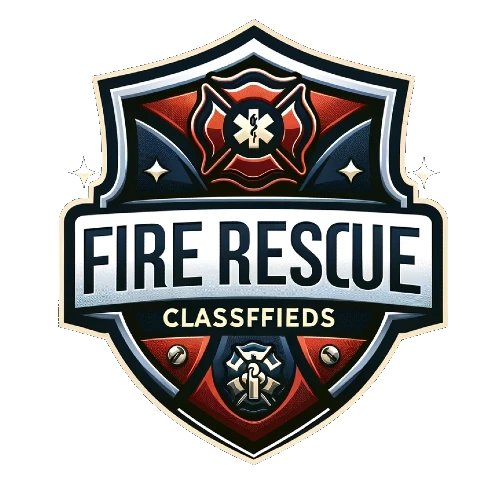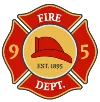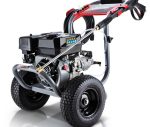- Home//
- Courses//
- About us//
- Contacts//
- Blog//
- Resources//
- Store//
- Privacy Policy//

Emergency first aid is a critical set of actions performed in response to an immediate health crisis, often before professional medical help arrives. It’s important for both the general public and professionals to be aware of these procedures. Here’s a list of definitions for key emergency first aid terms and techniques:
-
CPR (Cardiopulmonary Resuscitation):
- A lifesaving technique used when someone’s breathing or heartbeat has stopped. It involves chest compressions and, if trained, artificial ventilation.
- Heimlich Maneuver: A procedure used to help a person who is choking. It involves standing behind the person and using hands to exert pressure on the bottom of the diaphragm to dislodge the object.
- First Aid Kit: A collection of supplies and equipment for use in giving first aid, including bandages, antiseptics, and basic medical tools.
- ABC (Airway, Breathing, Circulation): A memory aid for the priorities to address in an emergency: ensuring a clear airway, checking for breathing, and ensuring circulation (heartbeat and pulse).
- Bleeding Control: Methods to stop or control bleeding, such as applying pressure, elevating the wound, and using tourniquets if trained.
- Shock Management: Procedures for managing shock, a life-threatening condition, including keeping the person warm, lying flat, and elevating the feet.
- Burns Treatment: First aid steps for treating burns, such as cooling the burn under running water and covering it with a sterile, non-adhesive bandage.
-
Fracture Stabilization:
- Techniques to minimize movement and prevent further injury in case of fractures, often involving splints or slings.
- Poison Response: First aid steps in case of poisoning, which can vary depending on the type of poison and may involve contacting poison control centers.
- Seizure Management: Techniques for keeping a person safe during a seizure, such as clearing the area around them and placing them on their side.
- Anaphylaxis Response: Emergency treatment for severe allergic reactions, potentially including the administration of an epinephrine auto-injector.
- Hypothermia and Heatstroke Management: Procedures for treating extreme temperature-related conditions, by either warming or cooling the person.
- Basic Wound Care: Cleaning and dressing cuts, scrapes, or minor wounds to prevent infection and promote healing.
- Recovery Position: Positioning an unconscious but breathing person on their side to keep the airway open and prevent choking.








